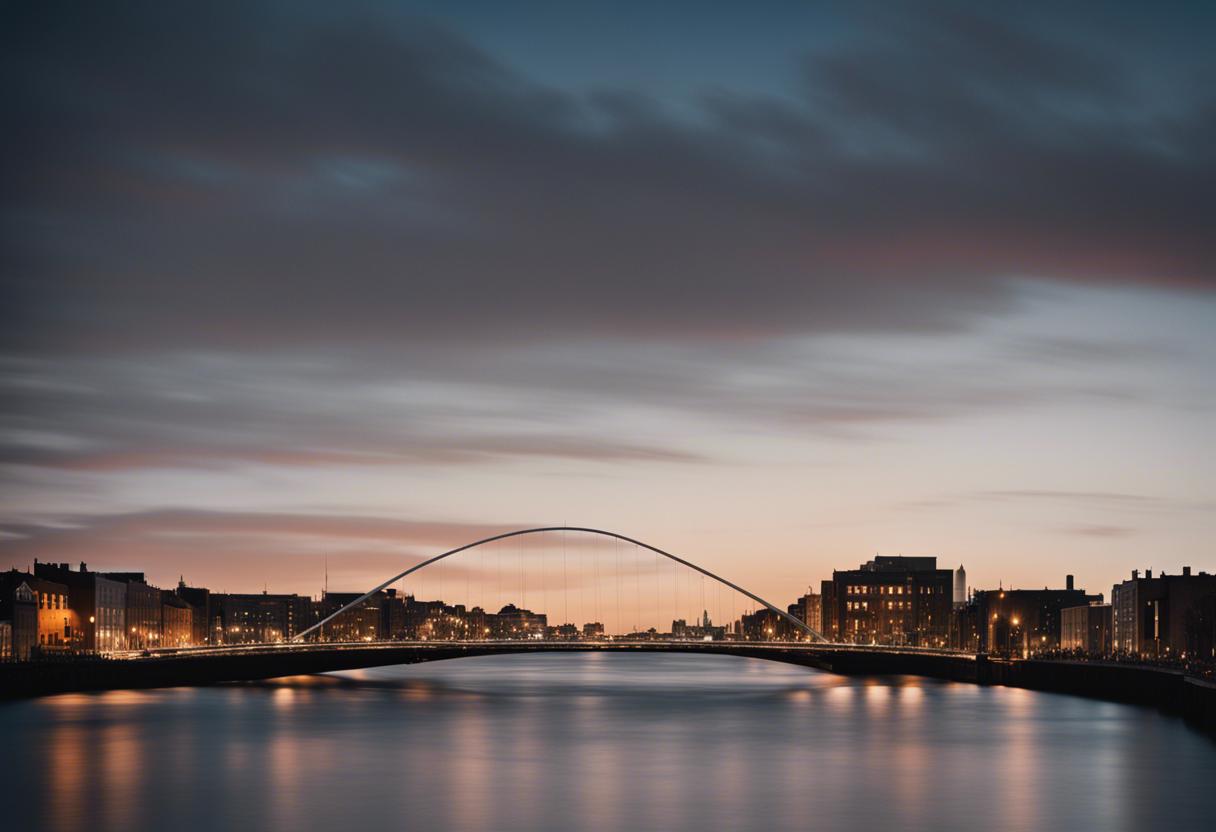The transportation strategy for Dublin’s city centre, which was devised to be progressive and future-oriented, initially aimed to make the city less reliant on vehicles by prioritising walking, cycling, and public transport. However, it appears that hindrances, dilutions, and detours have now been introduced to the plan, largely attributed to Emer Higgins from Fine Gael.
As part of the public consultation for the scheme, Dublin City Council received 3,592 proposals. The central objective of the scheme was to cut the volume of regular traffic by 40%. This would lead to cleaner air, safer roads, reduced inconvenience, and a slight yet significant redirection of the city’s overall trajectory.
Many hours and numerous meetings have been devoted to working on the proposal, inclusive of exhaustive tasks such as a consultation report on the draft plan in 2023, a report by the National Transport Authority (NTA) on transforming Dublin’s city centre, a 2023 draft transport plan, and an equality impact assessment, among others. NTA studies showed that nearly two-thirds of drivers in the city’s heart were only passing through, bringing no benefit to the city’s commerce.
However, Higgins, a junior minister charged with business, employment, and retail, met a consortium of firms resistant to the proposal and took the decision to halt its progress, an action widely regarded as an overreach.
The scheme attempts to tackle the issue of traffic congestion in the north and south quays of Dublin city centre and make these routes available primarily for public transportation, including taxis. Claims that automobiles are being outlawed are false narratives circulated by those seeking sensationalism. It’s essential that the perspectives and needs of disability groups are taken into account when creating any city centre mobility strategy.
It’s not leadership when a plan is modified at the last moment due to the insistence of some vested business interests, who ironically, are hurting their own prospects. Such interventions only create unnecessary conflict between car drivers and the rest of the public. People raising strong objections towards initiatives to make the city more pedestrian-friendly or boost cycling infrastructure should introspect and understand the irrationality and resistance to progress that they are nurturing – this is a reaction born out of an odd fear where any move towards making our cities safer and more habitable drives them into a state of hysteria.
Higgins’ impulsive action was solely inspired by the negative feedback from a handful of unhappy business owners. His decision ignored research, data, public opinion, the numerous stakeholders involved in planning, or even the city councillors who, despite their limited authority, were attempting to bring about a positive change for the city.
The results of this scenario even more strongly support the need for a mayor who is directly elected and accountable to the people of Dublin and the local government system. It’s disheartening to see such outcomes when our conversations should revolve around the city’s future and initiating changes that are more progressive than this rather conservative plan. When will Fine Gael start taking the city’s challenges seriously? How can we improve the situation when their politicians make arbitrary interventions?
Earlier this year, Regina Doherty’s remarks on cycling infrastructure in Dublin were regrettably populist nonsense. Now, we are dealing with this nonsense from Higgins. The upshot is that progressive plans are being diluted. It would be beneficial for the centre of Dublin city if the decision-makers of Fine Gael in the Government were to step back from making any serious and sober decisions. This would let those who have a clear understanding of the situation to get on with it.
Repeatedly, they opt for immediate popularity instead of the clever management crucial to enhance the urban core’s livability, safety, attractiveness for tourists, and congeniality for cyclists, families, children, and senior citizens. A city that fosters flourishing businesses due to increased pedestrian activity, a city with traffic-free roads, secure public areas for people’s leisure, and one where private car parks don’t supersede universal requirements. A city centre devoid of their retrograde actions, where sceptical appeal to popular tastes and myopic viewpoint on such issues are sidelined, could be worth striving for.

